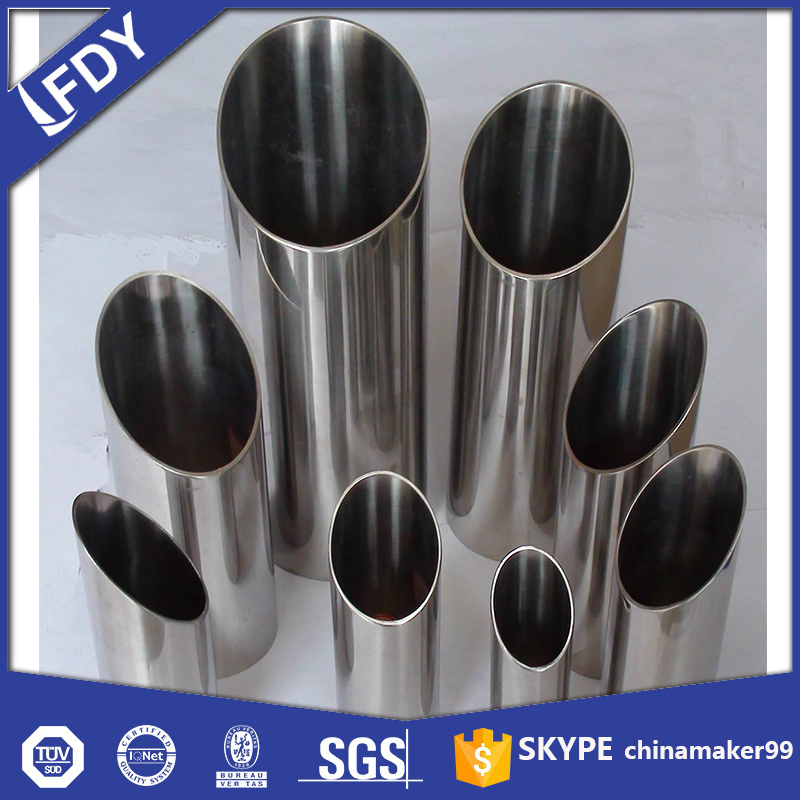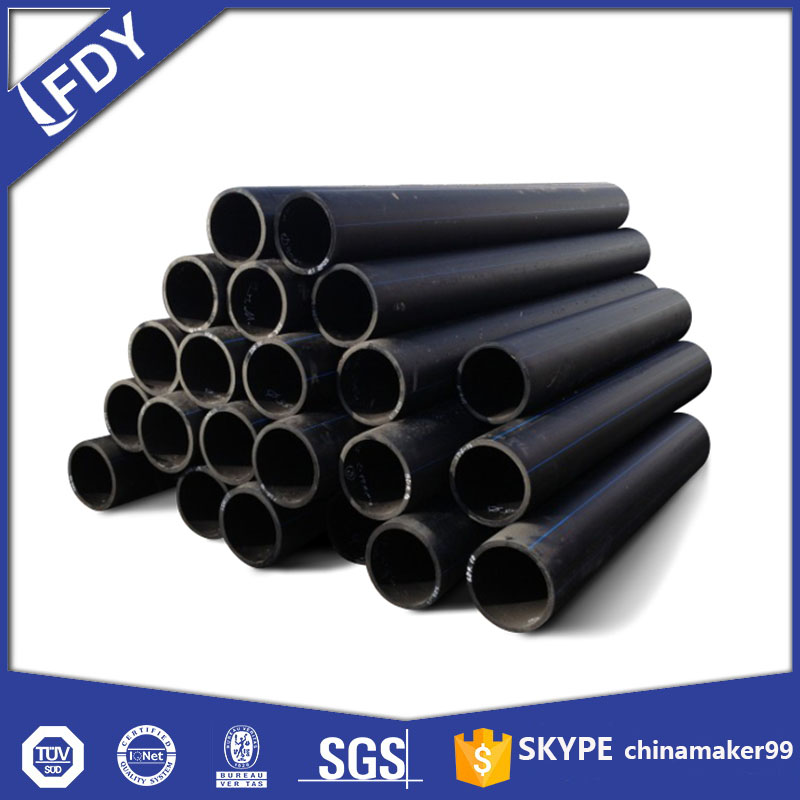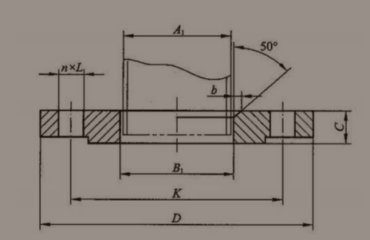
The question of how long steel pipes last does not have a one – size – fits – all answer. Their lifespan is shaped by a complex interplay of material characteristics, environmental conditions, usage patterns, and maintenance practices. Understanding these factors can help in estimating their service life and making informed decisions in various applications.
Material Composition Matters
The type of steel used in pipe manufacturing is a primary determinant of longevity. Carbon steel pipes, the most common variety, typically have a lifespan ranging from 20 to 50 years. Their durability is influenced by the carbon content—higher carbon levels enhance strength but may reduce resistance to corrosion.
Alloy steel pipes, which incorporate elements like chromium, nickel, or molybdenum, offer improved performance. Chromium – rich alloys, for instance, form a protective oxide layer, extending their life to 50 to 80 years, even in harsh environments. Stainless steel pipes, a subset of alloy steels, often last 70 years or more due to their exceptional corrosion resistance.
Galvanized steel pipes, coated with a layer of zinc, have a distinct lifespan. The zinc coating acts as a barrier against rust, but once it wears away, corrosion accelerates. Generally, they can last 30 to 50 years, depending on the thickness of the zinc layer and exposure conditions.

Environmental Impact
The environment in which steel pipes operate significantly affects their lifespan. Pipes buried underground face challenges like soil chemistry. Clay – rich soils with high moisture content can accelerate corrosion, especially if the soil is acidic or contains sulfates. In contrast, sandy or well – drained soils are less harmful, potentially adding 10 to 15 years to a pipe’s life.
Above – ground pipes are exposed to atmospheric conditions. Areas with high humidity, salt – laden air (such as coastal regions), or industrial pollutants experience faster corrosion. For example, steel pipes in coastal areas may degrade 30% faster than those in inland, dry climates.
Temperature fluctuations also play a role. Pipes carrying hot fluids undergo thermal expansion and contraction, which can weaken joints over time. Extreme cold, on the other hand, can make steel more brittle, increasing the risk of cracks, particularly in older pipes.
Usage and Operational Stress
The way steel pipes are used directly impacts their durability. Pipes transporting abrasive materials, such as slurries or gravel, suffer from internal wear. This can reduce their lifespan by 20 to 40% compared to pipes carrying smooth fluids like water.
Pressure is another critical factor. Pipes operating under high pressure are prone to fatigue, especially at welds and joints. Sustained high pressure can lead to leaks or bursts, shortening their service life. Pipes in low – pressure systems, however, experience less stress and often last longer.
Flow rate is also a consideration. Turbulent flow caused by high velocities can erode the inner surface of pipes, a phenomenon known as erosion corrosion. This is common in industrial settings where fluids move at high speeds, potentially reducing pipe life by 15 to 25%.
Maintenance and Protection
Proactive maintenance can significantly extend the lifespan of steel pipes. Regular inspections, such as checking for leaks, corrosion, or signs of wear, allow for timely repairs. Applying protective coatings or linings, such as epoxy or polyurethane, can create a barrier against corrosion and extend life by 10 to 20 years.
Cathodic protection is another effective method, especially for underground pipes. This technique uses a sacrificial anode to redirect corrosion away from the steel, slowing down degradation. Pipes with cathodic protection often outlast unprotected ones by 15 to 30 years.
Preventive measures, such as controlling fluid pH levels or installing filters to reduce abrasives, also contribute to longevity. For example, adjusting the pH of water in plumbing systems to a neutral range can minimize internal corrosion, helping pipes reach their maximum potential lifespan.
 Language
Language Espanol
Espanol English
English Italian
Italian عربى
عربى
 Skype: chinamaker99
Skype: chinamaker99  Tel: 86-316-5120812
Tel: 86-316-5120812  Email:
Email:  Whatsapp:
Whatsapp: 
